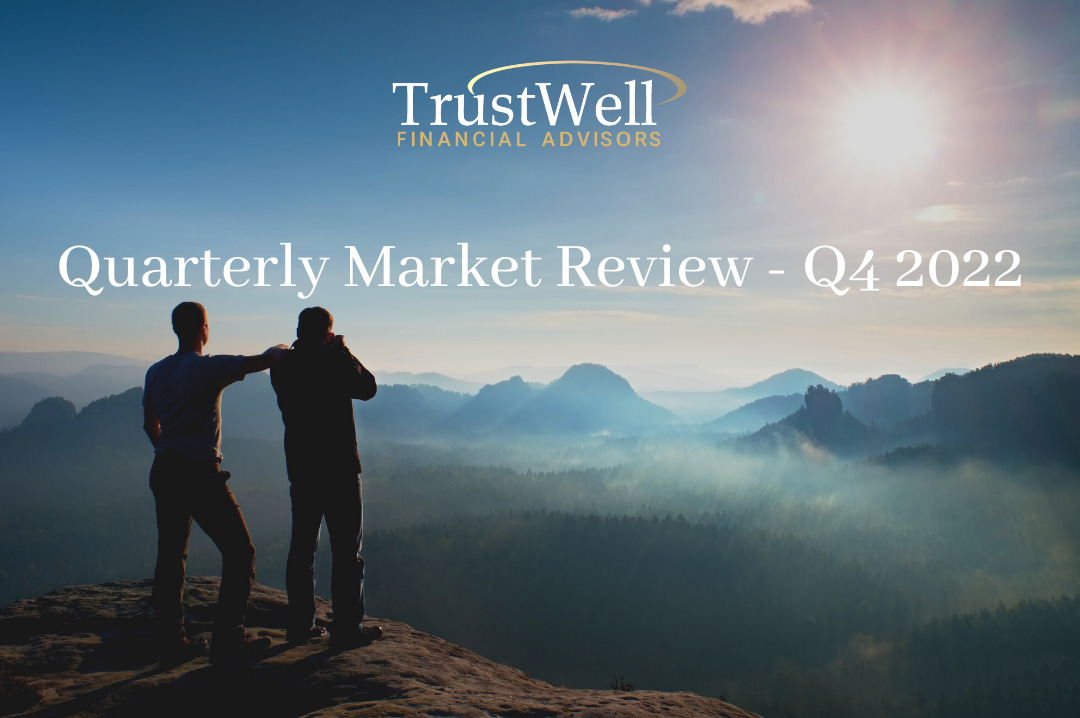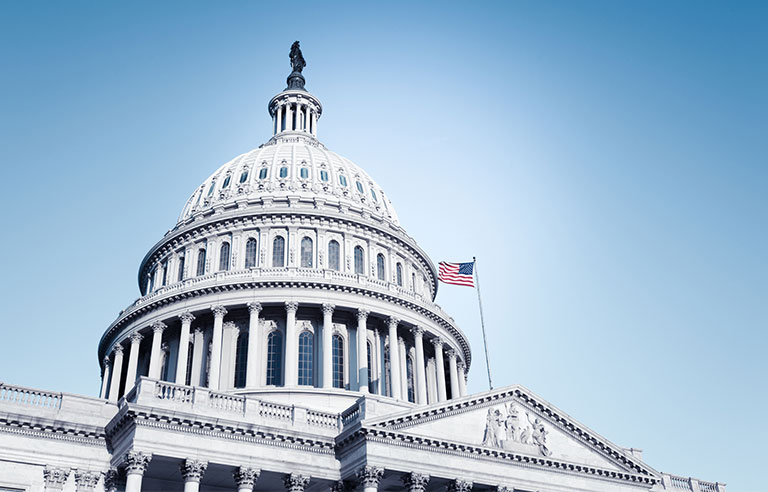
TrustWell’s Quarterly Market Review: Q4 2022
January 2, 2023
What to Consider After the Birth of a Child
February 1, 2023By Tanner Doudna
At the very end of 2022, the SECURE (Setting Every Community Up for Retirement Enhancement) Act 2.0 was signed into law. Overall, I believe that most of the changes are beneficial and am pleased it passed. There are over 100 provisions in the Act, but below are what I believe are the most relevant highlights you should know.
RMD Changes
SECURE Act “1.0” passed at the end of 2019 pushed the RMD age to 72 from 70 ½. Thanks to SECURE Act 2.0, effective immediately, the new age you are required to start taking minimum distributions (RMDs) out of your pre-tax retirement account is 73. Those born in 1951 can wait until 2024 to start. Those born before 1950 are “business as usual”. Starting in 2033, the RMD age will be pushed back from 73 to 75 (which helps those born in 1960 or later).
Missed RMD Penalty
In the past, if your RMD wasn’t taken in time there was a steep 50% penalty. Moving forward, this penalty will be between 10%-25% depending on how quickly this is corrected.
Roth Employer Match
Employers are allowed to make their matching contribution to your account as a Roth contribution. This would count as income for the employee. As with some of the other immediately effective rules, this will take time for employers/custodians/etc. to adopt.
Required Roth Catch-Up Contributions
Starting in 2024, high earners catch-up (age 50+) contributions will have to be Roth contributions (not pre-tax) in 401ks, 403b, and 457s. This one is complicated and has a lot of moving parts, but will impact many people. The key definition is someone who had wages paid in “the preceding calendar year from the employer sponsoring the plan” over $145,000. It’s important to remember that self-employed/partner income is not considered “wages”.
Increased Catch-Up Contributions for ages 60-63
Starting in 2025, those ages 60-63 in 401ks and 403bs will have their plan catch-up contribution limit increased to the greater of $10,000 ($5,000 for SIMPLE plans), or 150% of the regular catch-up contribution amount (indexed for inflation).
You can roll some 529 money into a Roth
This is another one with a lot of moving parts, but with restrictions, beginning in 2024, money in a 529 can be moved into a Roth IRA if that 529 has been open for 15 years+.
Required Auto-Enrollment
Starting in 2025, new 401ks and 403bs will be required to auto-enroll employees at a minimum of 3% contribution.
Retirement Lost & Found
The door is now open for a database (with the Department of Labor) to be created to help people find retirement benefits that they have lost track of.
Employer Match for Student Loan Payments
Starting in 2024, employers may be able offer an employer match for amounts paid by participants towards their student loan debt. I think this will be heavily adopted with employers attempting to attract young talent.
If you are interested, the most helpful article I found about the SECURE Act 2.0 was by the Kitces Team here.




